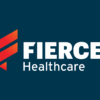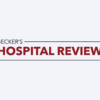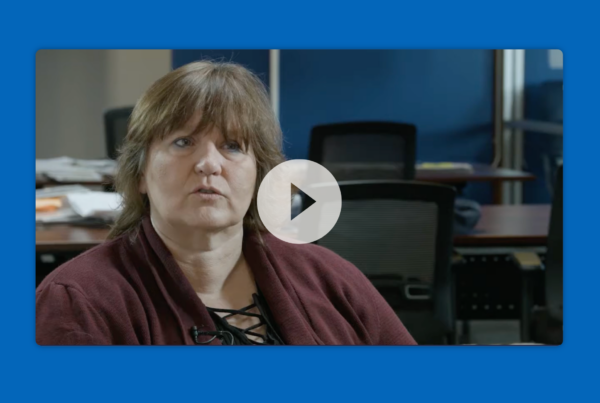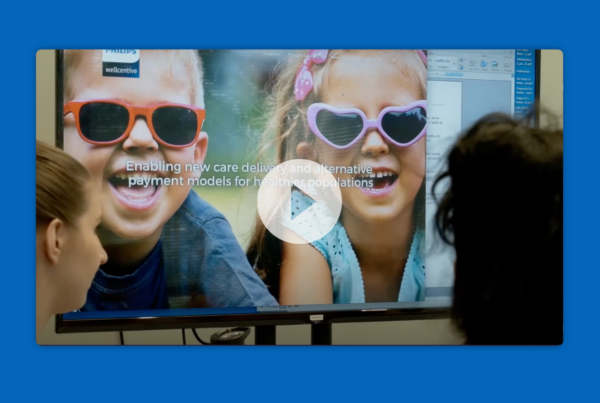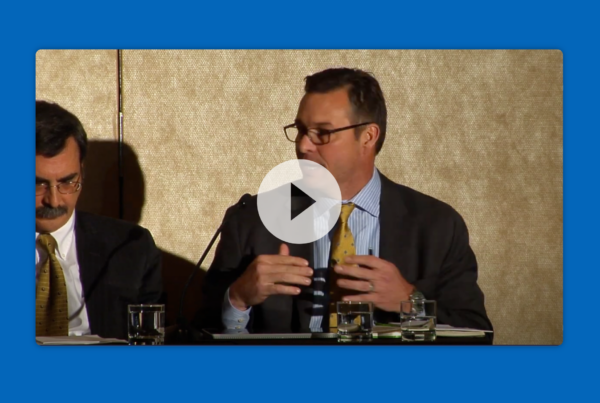“And this administration to day here and declares unconditional war on poverty in America.” Lyndon Johnson
I think it was necessary because we had visible social upheaval, riots, assassinations. In fact, we already were two nations separate and unequal along the chasm of race and ethnicity.
When the war on poverty, Medicare Medicaid, started we had a national poverty level of 22%. Ten years later it was 11%.
That’s without precedent.
It has crept up back with the abandonment of those kinds of interventions and policies that there’s something better
than 14%.
What is not reflected in that numbers something community health centers, particularly in urban areas know very well, which is that we have created very urban concentrations of poverty which have developed pathologies all of their own. And we’re going to have to find ways to unpack those concentrations of poverty and the Supreme Court ruling to strengthen fair housing laws and their implementation will help.
Dr. Jack Geiger reflects on the CHC’s ability to affect patient health through environmental changes.
“When they were created in the 1960’s, community health centers had the flexibility to address many of these community determinants. Even then fifty years ago they understood that they had to take a holistic approach to solving these dramatic health status issues.
If you’re poor, poverty poor, and you live in places like these, sickness can be a lifelong blanket – a kind of vicious circle described by the physician who said the sick get poorer and the poor get sicker.
In the beginning the flexibility of the Office of Economic Opportunity, the war on poverty permitted this kind of expansion, not just with health education expansion into the environmental causes that we’re making people sick in the first place.
It simply made no sense, particularly in Mississippi, to treat a child on the verge of death with infectious diarrhea, dehydration and malnutrition, all of them synergistic, hydrate that child, cure the infection and send him or her back to drink some more water from the drainage ditch.
It’s as if in nineteenth century London we had decided it was OK to treat people with cholera and send them back to have another drink from the Broad Street pump.
One of the things about community health centers is that we have a professional and patient partnership for taking the handle off the Broad Street pump.
In 1854 taking the handle off the Broad Street pump was not a popular decision. It reminds us however of not only how much we’ve learned about the management of infectious disease but the importance of being unconventional to solve problems.”
Dr. Jack Geiger stresses the tie between economic status and overall patient health.
“Top priority goes to serving people. And all these patients are seen as people whose health needs are bound up with other circumstances of their lives .”
From the very beginning community health centers have recognized that health status is extremely dependent upon social and economic factors that’s why Dr. Geiger has said that Health centers have to be a lever for social change.
We’ve had a decade of research to say attention and discussion to the social determinants of health. We know that to be born poor is to live a shorter, sicker life. We know that a childhood and poverty, literally, is embodied in changes in the brain and brain structure that clearly have something to do with subsequent illness, poverty, and a shorter life.
And so we are really starting again to pay attention to intervene upstream in the root causes of what are making people sick and I expect community health centers to have a new life in that kind of social and environmental intervention as part of their work that characterized the community health centers at the beginning.
CHCs well positioned to succeed in the new healthcare landscape, according to the co-founder of America’s Community Health Centers, Dr. Jack Geiger.
An important paradigm shift that characterizes the industrialization of health care is the shift from fee-for-service (FFS) to fee for value based payments. As Dr. Geiger recognized, community health centers are imminently well positioned to take advantage of this new revenue trend.
Those changes in the Affordable Care Act and the way we reimburse, really put most health centers in a very good position because of the quality of what’s done in community health centers to start with. And the real impact of those changing means of reimbursement is to stop unnecessary churning to stop unnecessary often wasteful and useless services because of the incentives provided by fee-for-service. Health centers to start with employ salaried physicians who don’t respond to the incentives of fee-for-service so we are in a particularly good position among all healthcare institutions to respond to this change because we’re already there.
At sage growth partners we recognize that for you to optimize the value of what you can deliver to your community you have to be not only clinically focused but you have to be fiscally prudent and secure. We can help you solve both of those challenges.
Dr. Jack Geiger discusses how community partnerships can help CHCs be instruments of change for their populations.
Successful community health centers recognized that health status is more than just medical care. By forming partnerships with government and other local agencies, these health centers figure out very creative ways to optimize what they do for their communities. As Dr. Geiger said, “Community health center shouldn’t wait. You should be leaders in your community driving change.”
I think every federally qualified community health center should find a way to have one full-time staff member dedicated solely to exploring and establishing these kinds of collaborative efforts.
To be going to the Housing Department, the Transportation Department, the Legal department, the other branches of city government, and city councils, and state agencies, and saying ‘What can we do together as a health issue to affect the health of our patients and these populations.’ That’s in everybody’s interest.
That’s what brought us to all this in the first place. We want to be something more than mechanics repairing the illness, we want to be instruments of change that will make a healthier longer life available to so many people.
At Sage Growth Partners we are determined to continue our work helping FQHCs all across America become instruments of change in their communities.

